Clinicians are aware that, in endodontics, the access cavity phase is the first mandatory step to achieve the success of the therapy. A correct project, with the right instruments, allows […]
 The rationale use of Smart Endo Kit in projecting and doing the access cavity on tooth 4.7
The rationale use of Smart Endo Kit in projecting and doing the access cavity on tooth 4.7
Clinicians are aware that, in endodontics, the access cavity phase is the first mandatory step to achieve the success of the therapy. A correct project, with the right instruments, allows […]
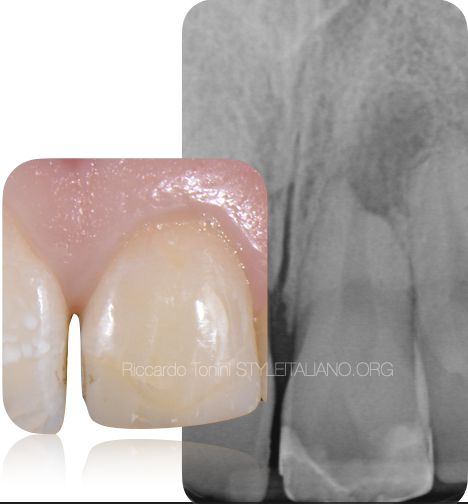 Endodontic treatment of an immature necrotic tooth
Endodontic treatment of an immature necrotic tooth
A 19 years old patient with a traumatized upper central incisor and a non esthetic diastema came to my office. Considering the age of the patient it has been decided […]
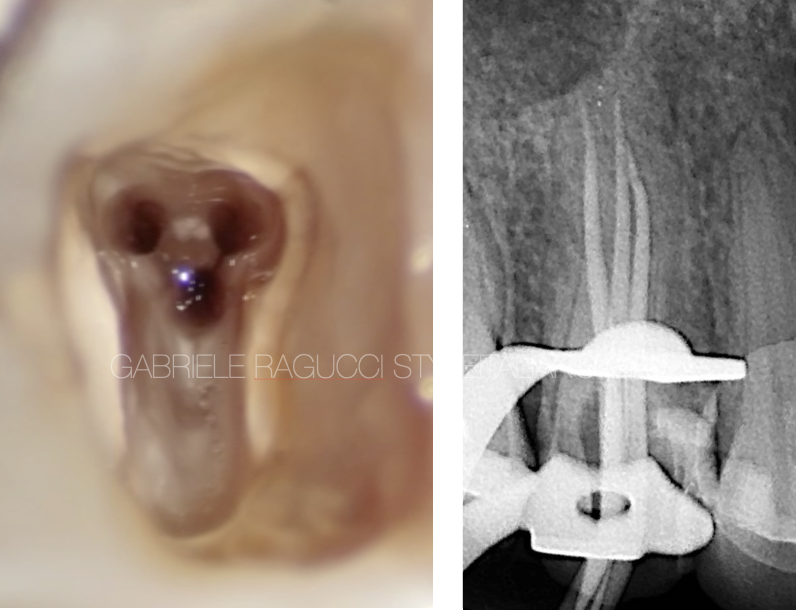 Retreatment of a three rooted maxillary second premolar
Retreatment of a three rooted maxillary second premolar
The goal of endodontics is to clean, shape and filling 3D the endodontic space, eliminating most of the bacterias presents in the canals. Many of the difficulties found in root […]
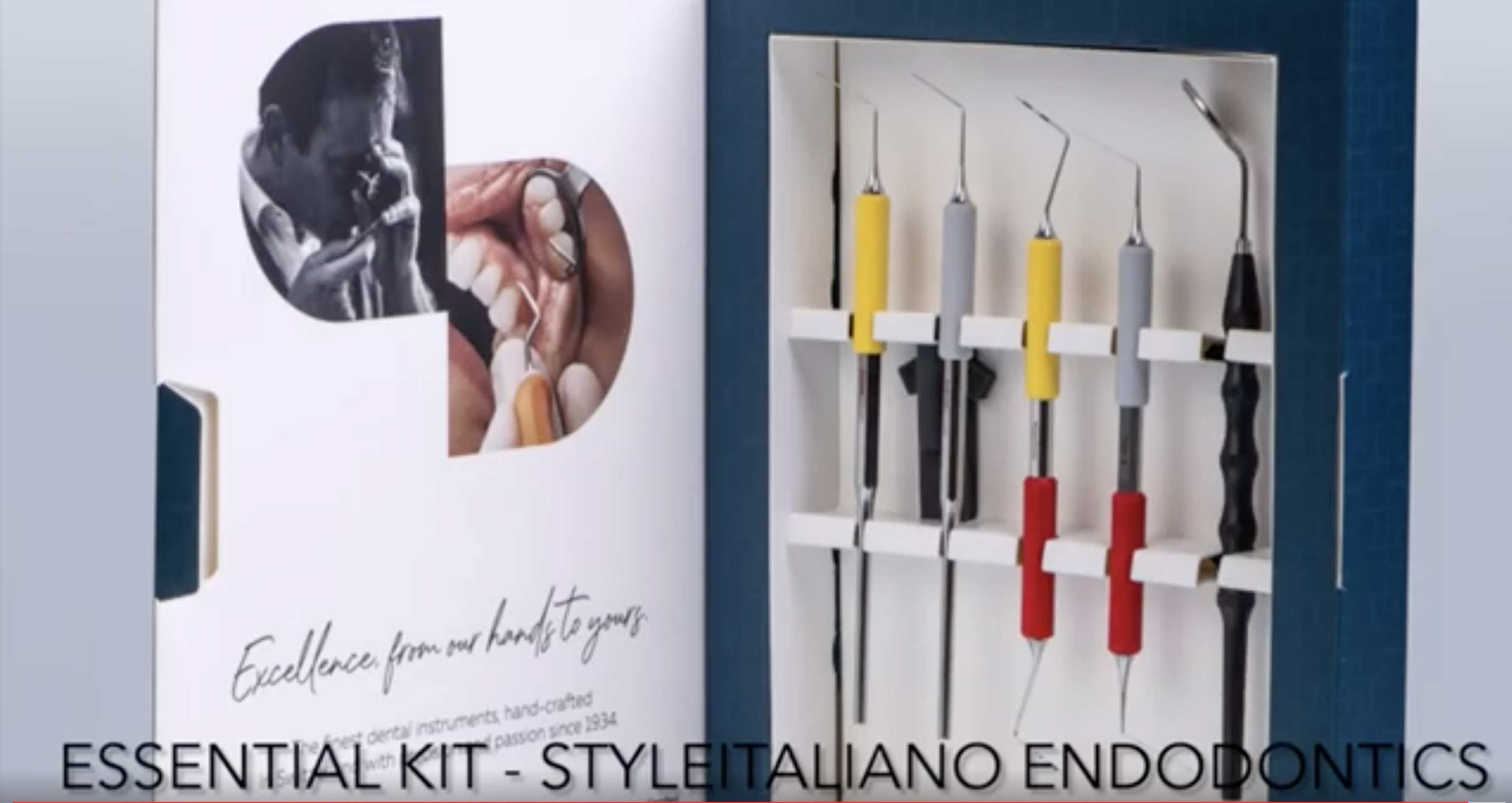 The advantages of the prebent explorer in negotiating calcified orifices
The advantages of the prebent explorer in negotiating calcified orifices
Explora is a new flexible explorer designed by Style Italiano Endodontics that allow us to negotiate hidden canals especially, in the mesial orifices of the molars.
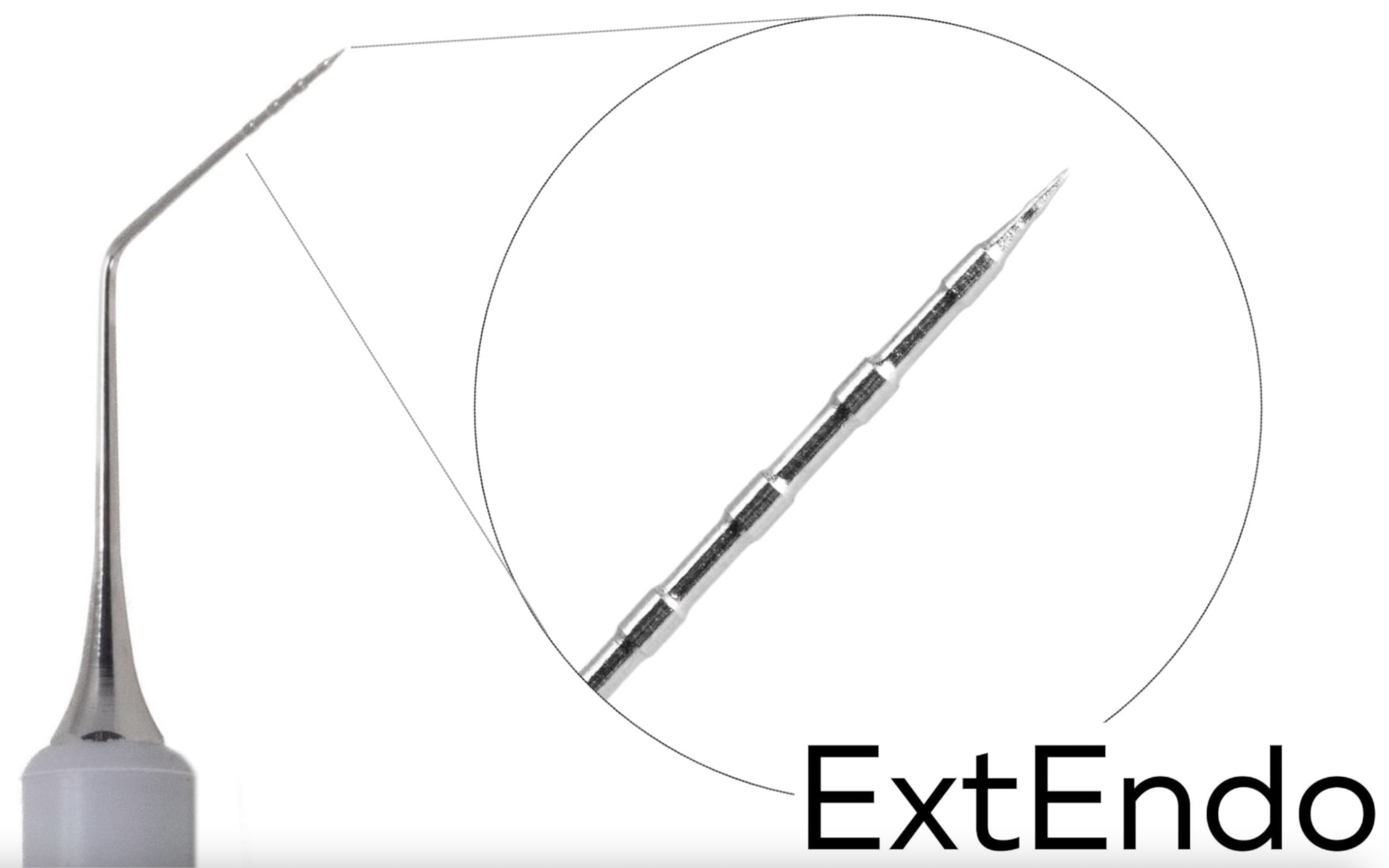 Deal with it!
Deal with it!
Extendo is a really versatile instrument, especially when anatomy is complicated! This video shows a three rooted upper premolar and its 3d obturation using a bc sealer and just tips […]
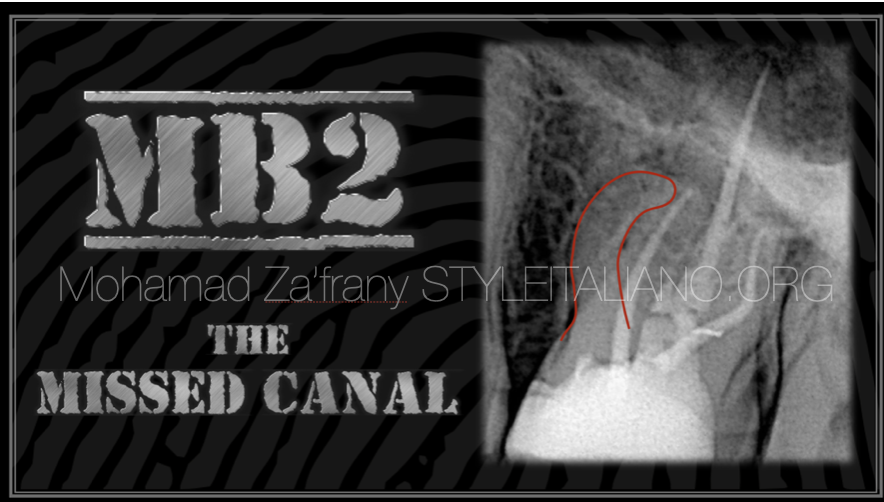 MB2: The Most Famous Missed Canal
MB2: The Most Famous Missed Canal
Missed Anatomy is one of the main causes of endodontic failure. The untreated root canal space represent a reservoir for bacteria and necrotic tissue that could be responsible for future […]
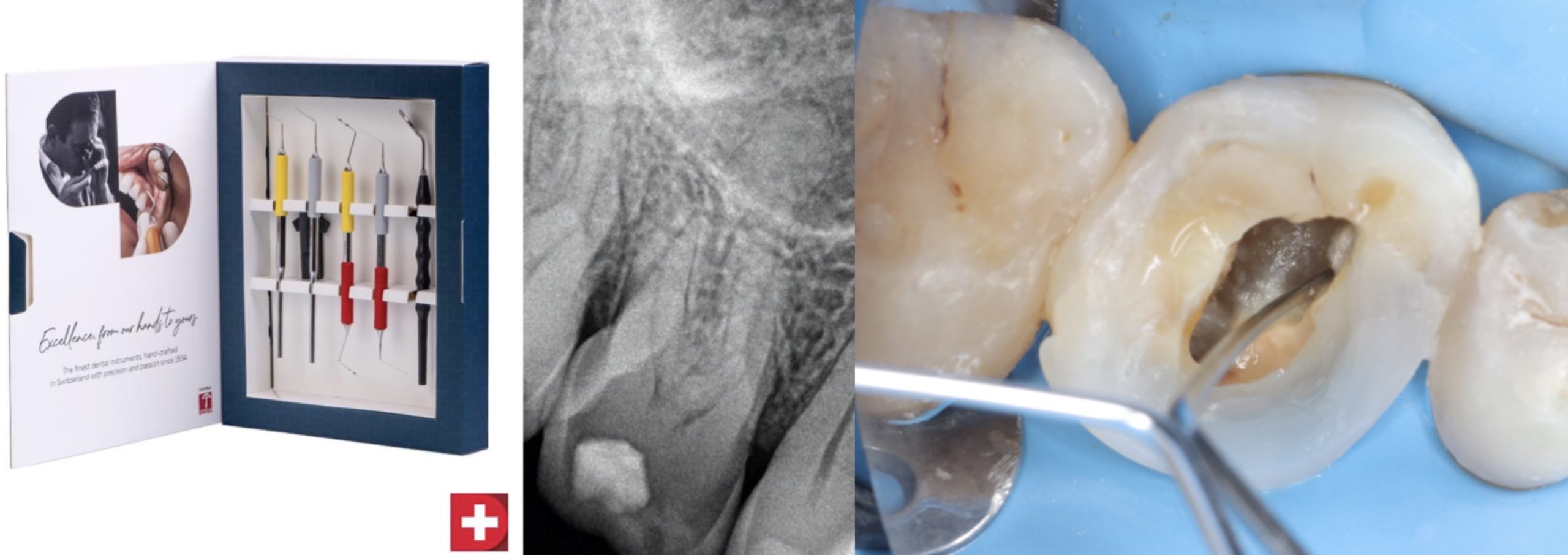 Managing a slightly calcified maxillary molar: Step by step with the Smart Endo Kit
Managing a slightly calcified maxillary molar: Step by step with the Smart Endo Kit
Pulp canal obliteration or calcific metamorphosis is a pulpal response to trauma characterized by a rapid deposition of hard tissue within the canal space. It can occur as a result […]
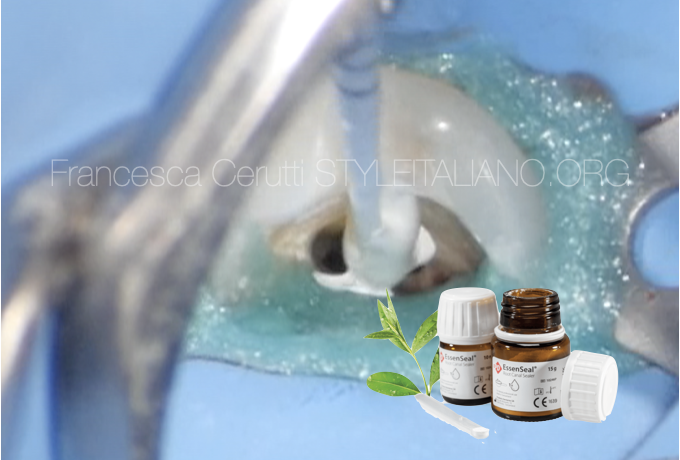 Endodontic treatment of a severely worn premolar
Endodontic treatment of a severely worn premolar
Sometimes endodontics is the first answer to the needs of our patients, in particular when they come to our practice because they feel pain. Apart from freeing the patient from […]
 Non-surgical endodontic retreatment of a maxillary central incisor with open apex using MTA Apical Plug Technique
Non-surgical endodontic retreatment of a maxillary central incisor with open apex using MTA Apical Plug Technique
The major goals of root canal treatment are to clean and shape the root canal system and seal it in 3 dimensions to prevent reinfection of the tooth. Although initial […]
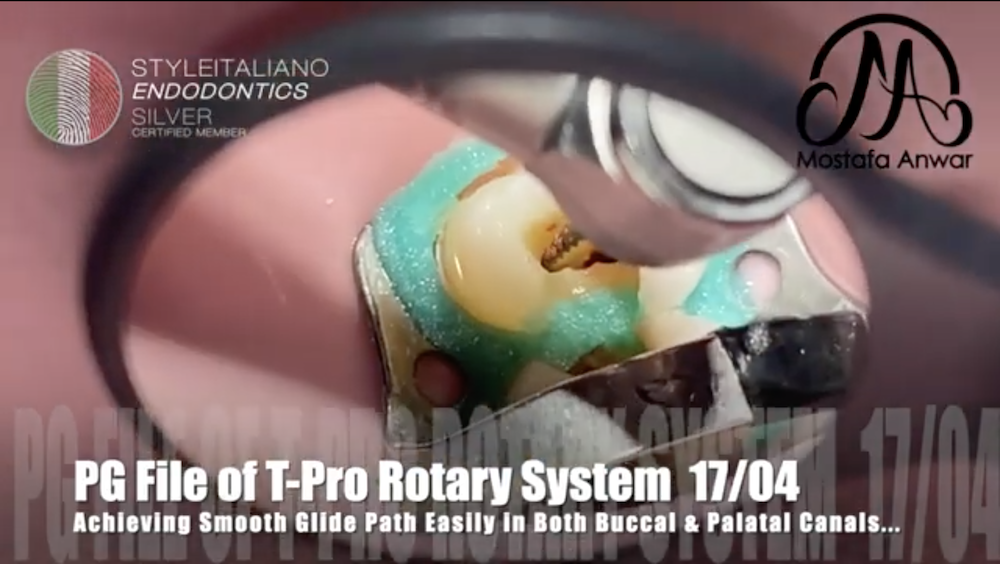 Management of long and apically curved upper first premolar with T-Pro Rotary System
Management of long and apically curved upper first premolar with T-Pro Rotary System
The maxillary first premolar always represents a challenge when it shows any abnormal anatomy. The variations in anatomy is the fact we have to deal with in our daily root […]
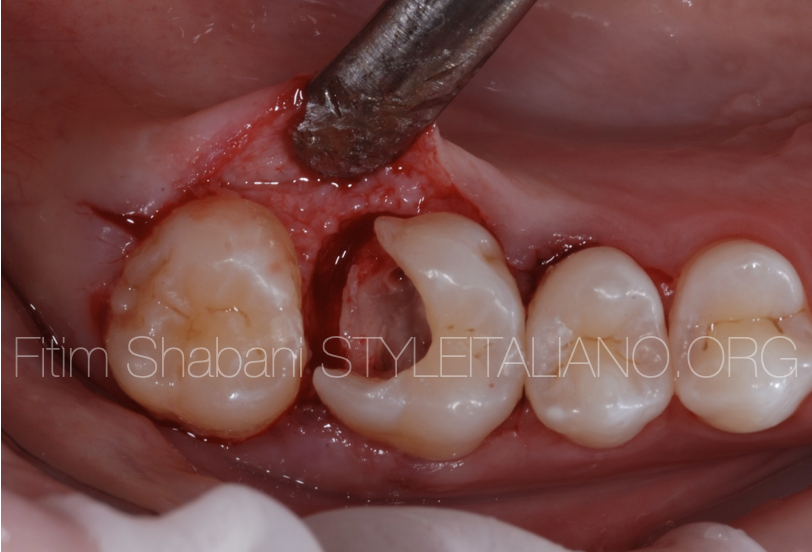 External resorption
External resorption
Tooth resorptions can be classified as: (1) trauma induced; (2) infection induced; or (3) hyperplastic invasive. Some transient trauma induced resorptions require no treatment but must be carefully monitored to […]
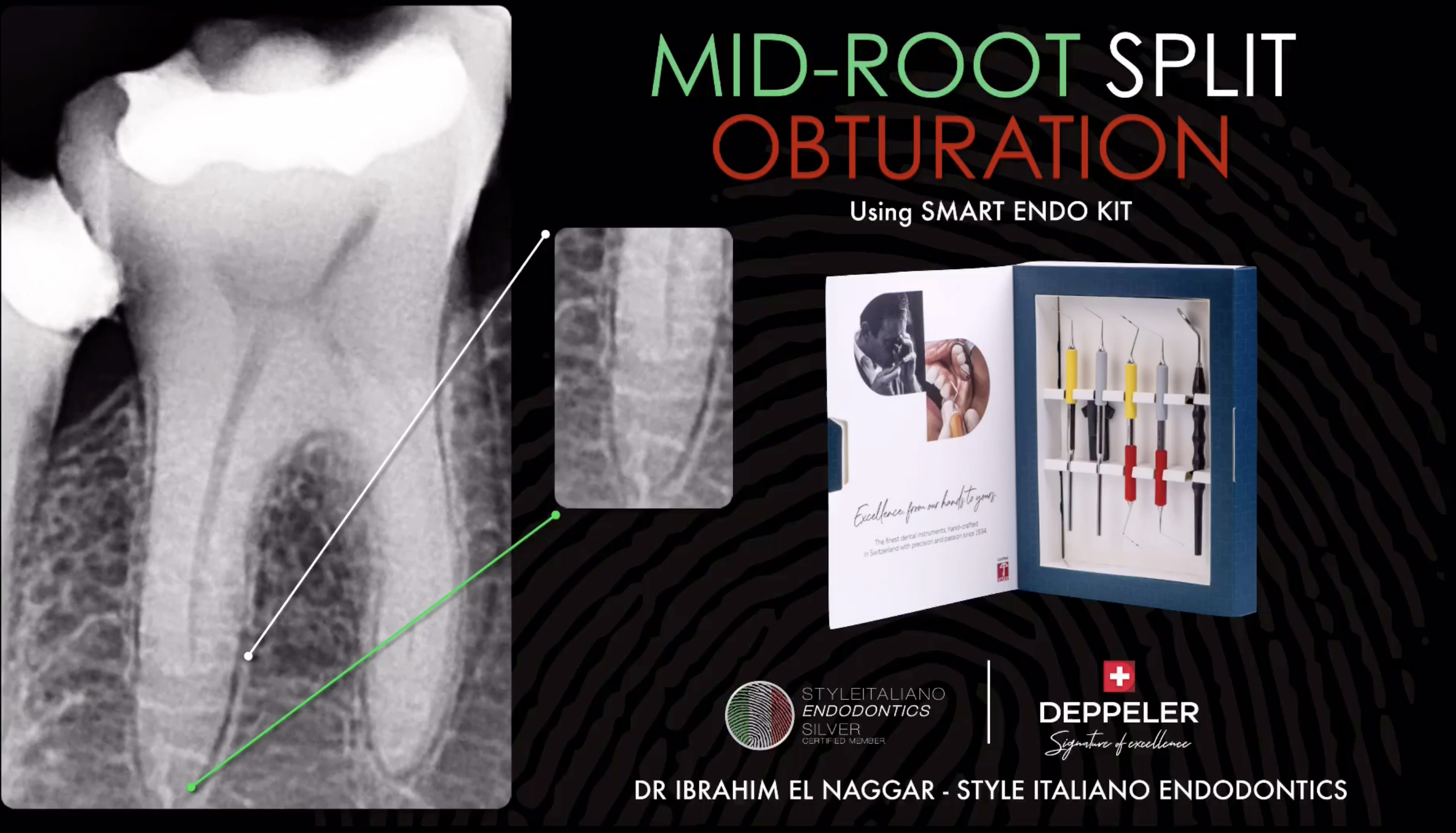 Mid-root split obturation using Smart Endo Kit
Mid-root split obturation using Smart Endo Kit
Treatment of fine apical split using PREXO M plugger from SMART ENDO KIT By Style Italiano Endodontics & Deppeler.